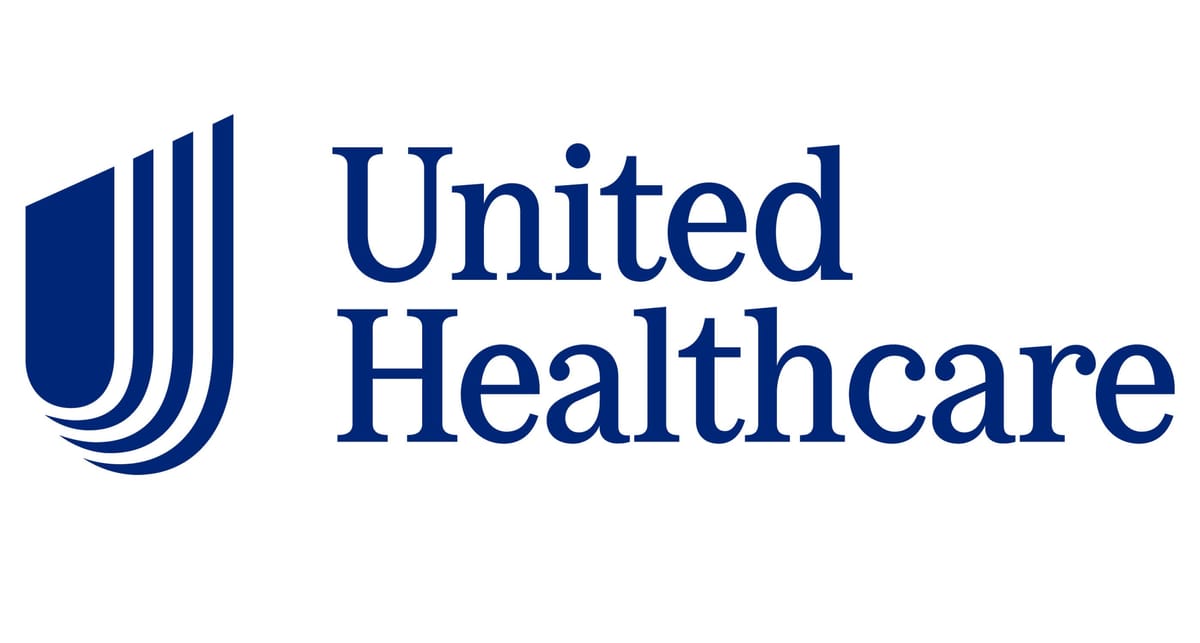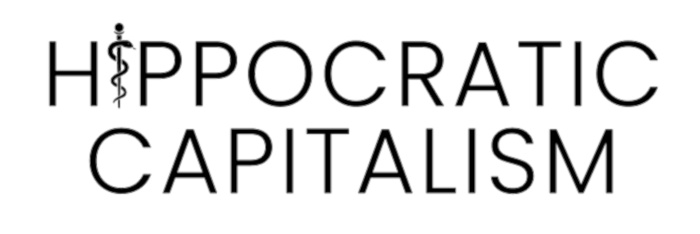Tragedies, Public Relations, and Social Protest

Like many of you, I’ve been deeply uncomfortable with much of the national discourse following the murder of UnitedHealthcare’s CEO, Brian Thompson. Specifically the way in which so many Americans have used this news as a springboard for venting their anger at UnitedHealthcare, and the health insurance industry more broadly. No matter how egregious the behavior of Thomson’s company, it’s just felt wrong to me to tie these things together. Until now.
A few days ago, in a leaked video, Andrew Witty, CEO of UnitedHealth Group (and thus Thompson’s boss) was heard telling his company’s employees that they should ignore the wave of public criticism because it does not “reflect reality.” He then went on to describe his own perception of reality, which is that UnitedHealthcare supposedly puts consumers, members, and patients first. That their mission is to make the “experience for individuals" better and better over time. And that there are very few people who have done more to try to advance that mission than Brian Thompson. (My apologies for those of you who lost your lunch while reading the last few lines.)
It’s one thing for a corporate leader to spin and promote. That’s part of the job. It’s another thing to be so tone-deaf, so clueless about what the public thinks of your company, that promotion turns into a clumsy attempt at gaslighting. The comparison that came to mind for me was Anthony Hayward, the CEO of BP, who in the immediate aftermath of the Deepwater Horizon oil spill famously claimed that he was the real victim: “There’s no one who wants this thing over more than I do. I’d like my life back.” Now, I know the parallel isn’t perfect. One situation was precipitated by a murderer, and the other by corporate negligence. But both stories involved a CEO who badly misread just how angry the public was at his company.
The damage wreaked by UnitedHealthcare on patients, taxpayers, and healthcare professionals has been well chronicled elsewhere, and I don’t want to reproduce it here. (But if you’re looking for a couple examples, check out this story on diagnostic fraud or this one on claim rejection.)
Which brings me to what I really wanted to talk about in this newsletter. If the accused murderer in this case, Luigi Mangione, had really cared about reforming the health insurance system rather than avenging his own personal grievances, this could have played out much differently. Social movements need rallying points, events that loom large in the public conscience and symbolise the the pent-up frustration and anger. At first glance the Thompson murder seems to be playing that role here, but the problem is that you can’t rally around it without out either turning Thompson into a sympathetic figure or Mangione into a folk hero, either of which would be stomach-turningly objectionable.
What we need right now is a Nan Goldin. If you’re not familiar with Goldin, she’s an artist and activist who lost a number of friends in the opioid epidemic. When she discovered that many of the world’s most prominent art museums (including museums that had exhibited her own work) had named buildings and wings and exhibit areas after members of the Sackler family, the same family behind Purdue Pharma, she was extremely upset. But she didn’t turn to murder to express that anger. She turned to art. She organised highly effective protests inside of art museums, including one at New York’s Metropolitan Museum of Art’s Sackler Wing where volunteers dropped pill bottles labelled “Side Effect: Death” into a water feature.
Goldin’s efforts were remarkably effective. Keep in mind that charities such as art museums go to great lengths to cultivate relationships with wealthy donors, and they almost never go back on their agreements to name buildings after those donors. Yet within a fairly brief period of time, almost all of the world’s most famous art museums (and also London's Serpentine Galleries in Hyde Park, a personal favorite of mine) had taken down the Sackler name.
So with Christmas coming up soon, here’s the wish list I’m sending Santa:
- A swift and straightforward trial and conviction for Mangione. The sooner he’s out of the news cycle, the better for all of us.
- Recognition by UnitedHealth’s board of directors that they have a true PR nightmare on their hands. They should follow the lead of BP’s board in dismissing their CEO for a lack of public leadership. (Even better would be a major strategic change in direction, but I'm not going to hold my breath for that.)
- A social protest leader with Nan Goldin’s talent for provocation who steps up to the plate to fight the American health insurance industry. Perhaps a gifted writer like Wendell Potter, a former corporate communications executive at Cigna who’s written several exposés on his former industry. But I think we also need some splashy stunts. Maybe something like fire-fighting helicopters dropping giant buckets of fake blood on health insurer corporate headquarters. But I’m not an artist, and I’m not creative in that way. Post your own ideas on the comments section of this newsletter, and I might highlight one of them in a future issue.
